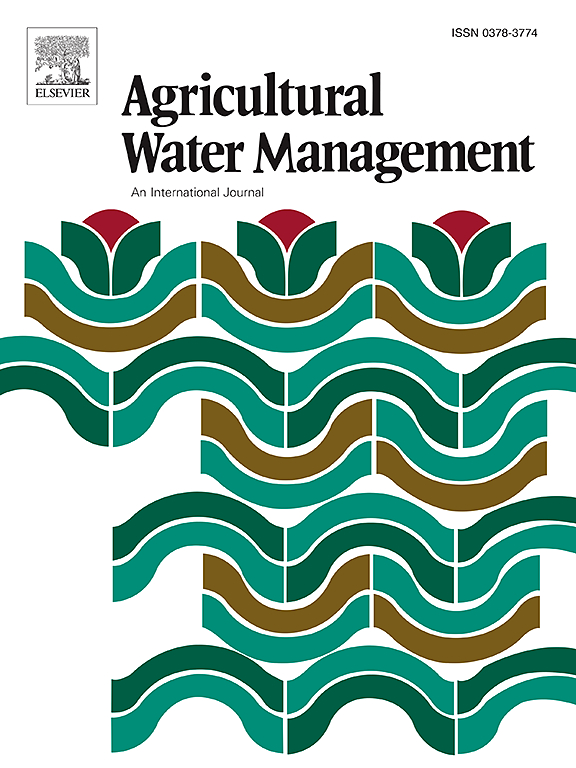Explore the evolution of winter wheat production and its response to climate change under varying precipitation years in the Loess Plateau of China
IF 5.9
1区 农林科学
Q1 AGRONOMY
引用次数: 0
Abstract
Change of the spatio-temporal distribution of precipitation poses a significant impact on agricultural production in rain-fed areas of the Loess Plateau. The adaptation process and mechanism of winter wheat production to annual precipitation pattern remain unclear. To clarify the transformation process of precipitation and the mechanism how it change the crop yield, particularly in the Loess Plateau where precipitation frequently alternates between dry and wet years, this study used the down-scaling global climate model (GCMs) data to simulate and predict the change trend of winter wheat yield from 1961 to 2100 under varying precipitation conditions in two future climate scenarios (SSP245 and SSP585), employing the APSIM model. In this study, parameters of APSIM-Wheat model were refined based on experimental data. Time series analysis showed that the winter wheat yields in the Loess Plateau exhibit periodic fluctuation, with a shorter fluctuation period under the SSP245 scenario compared to the SSP585 scenario, indicating an overall upward trend. Specifically, the average growth rate of winter wheat yield was 147.2 kg ha−1 decade−1 under SSP245 and 194 kg ha−1 decade−1 under SSP585. In addition, climate change could marginally enhance yield stability, albeit with observed regional variations. Notably, potential yield in the water-restricted areas such as Qinghai are significantly influenced by precipitation. The predicted potential yield across three precipitation types showed that wet years exhibited the least fluctuation, while the highest fluctuation were observed in dry years. In particular, the potential winter wheat yield without irrigation in wet years and dry years was 19.84 % higher under SSP245 scenario and 25.22 % higher under SSP585 scenario compared with current conditions. This study provides an important reference for formulating long term adaptation strategies to enhance the resilience of agricultural production against climate change.
求助全文
约1分钟内获得全文
求助全文
来源期刊

Agricultural Water Management
农林科学-农艺学
CiteScore
12.10
自引率
14.90%
发文量
648
审稿时长
4.9 months
期刊介绍:
Agricultural Water Management publishes papers of international significance relating to the science, economics, and policy of agricultural water management. In all cases, manuscripts must address implications and provide insight regarding agricultural water management.
 求助内容:
求助内容: 应助结果提醒方式:
应助结果提醒方式:


